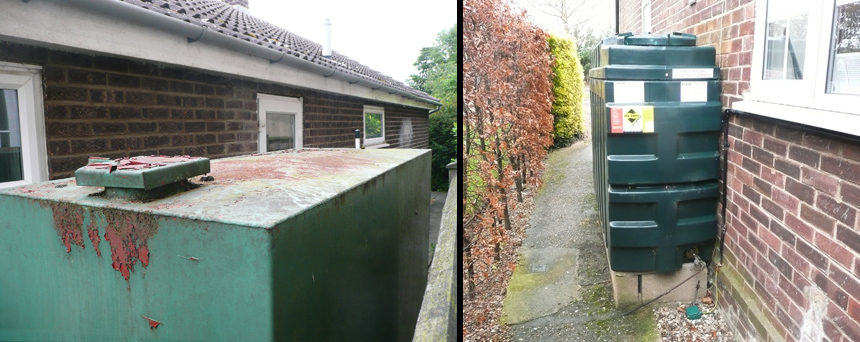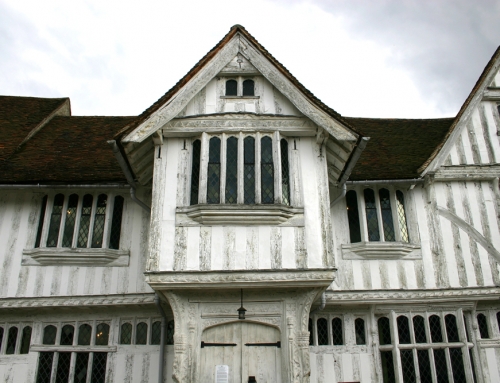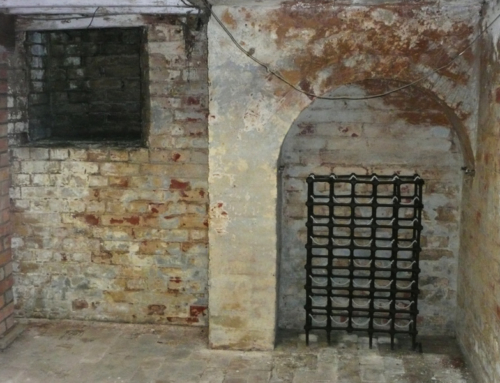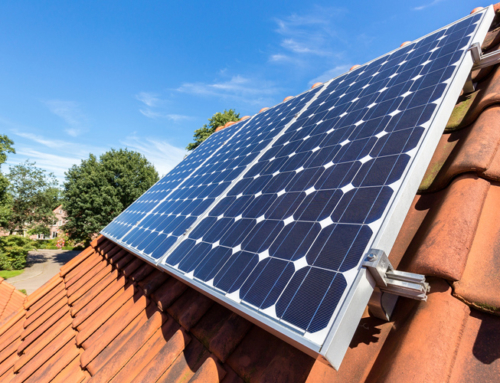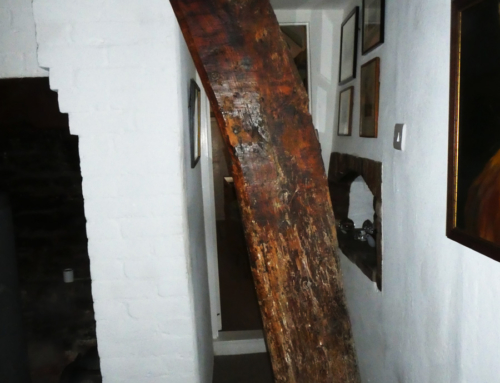It is still common, especially in rural areas, to discover old, single-skin, metal oil storage tanks in at-risk locations such as close to garaging or in outhouses. Bearing in mind that oil tanks are expected to have an economic working life of about twenty years, these older tanks can now present a significant risk.
The siting of a new or replacement domestic oil tank must comply with building regulations and be OFTEC (Oil Firing Technical Association) registered, the principal aims being fire safety and pollution prevention. Oil tanks sited next to a house are a fire hazard and if sited next to a manhole cover, spillage could enter the sewer system
Brien Walker, FRICS, offers the following advice for householders seeking to replace an oil storage tank:
A new oil storage tank now requires a 60 minute fire rated chamber surround. The tank support needs to be adequate to take the imposed weights and be non-combustible – so something like concrete, stone, slabs or heavy blockwork will be required. With residential property, tanks of less than 3,500 litres (770 gallons), must be sited at least 1.8 metres away from the eaves of a building and a similar distance away from openings or other structures. Tanks also need to be 760mm away from a non-fire rated boundary, such as a wooden fence. Oil is also one of the most common pollutants, so to minimise the risk in the event of a spillage, tanks must not be sited near manhole covers or in a position where they can pollute a water source, unless ‘bunded’. A bund is a containment area that can be integral to the tank, or built around it, but has to have the ability of holding 110% of the tank’s contents.
In ‘at risk’ locations, where there is the possibility of polluting ground water, or anywhere near a manhole cover, the tank must be fitted with an alarm. Tanks should therefore comply with the Control of Pollutant Regulations 2001 and the Water Environment (Oil Storage) Regulations 2006. Installers often undertake the risk assessment, which worries me a little since they are also selling the tank and the fitting service, so make sure you use a reputable company. Regular servicing is advised to include the supply pipes, the storage system itself, whether there is any likelihood of water contamination, replacement of the oil filter and visual checks for leaks. Where oil has been left standing for a long time it can create sludge which adversely affects the running of the boiler and can block pipework. Water within the oil is another problem, which can be due to condensation created by cold weather and freezing, which is one of the reason kerosene is popular as it is not affected until 39 degrees below. Oil fired boilers usually burn this or paraffin and sometimes an alternative such as crude distillation called 28 second burning oil. Users often complain about the smell of oil, but it is considered an efficient fuel source, albeit somewhat less flexible than some of the alternatives such as gas.
Old single skin tanks which have not been maintained will rust and corrode, but one of the most common faults is where the pipe leaks at a joint. Tanks are ugly and tend to be concealed behind trellis and draped with climbing plants, making them difficult to access. Sometimes the small bore copper pipework is buried in the ground. In this eventuality, it should be in a trench 500mm (about 20 inches) deep, with a compact bed of sand and when backfilled, pipe warning tape should be included – how often would that have prevented a spade going through it in the past! Better again if the piping is sheathed in plastic – more expensive perhaps, but much better protected. Sometimes exposed pipework is routed round the outside of a building, several bricks up above the ground level, being an ideal height for children to jump on or to be knocked by a wheelbarrow – crimped pipes do not work very well! An oil pipe should not route directly into the house either, but be fitted slightly up the wall and include a fire valve. In an ‘at risk’ location, it is also wise to have a tank which is alarmed. They now come in a variety of shapes, sizes and indeed materials, though the most common are usually either plastic or steel – the manufacturing standard is OFST100 for plastic and OFST200 for steel.
